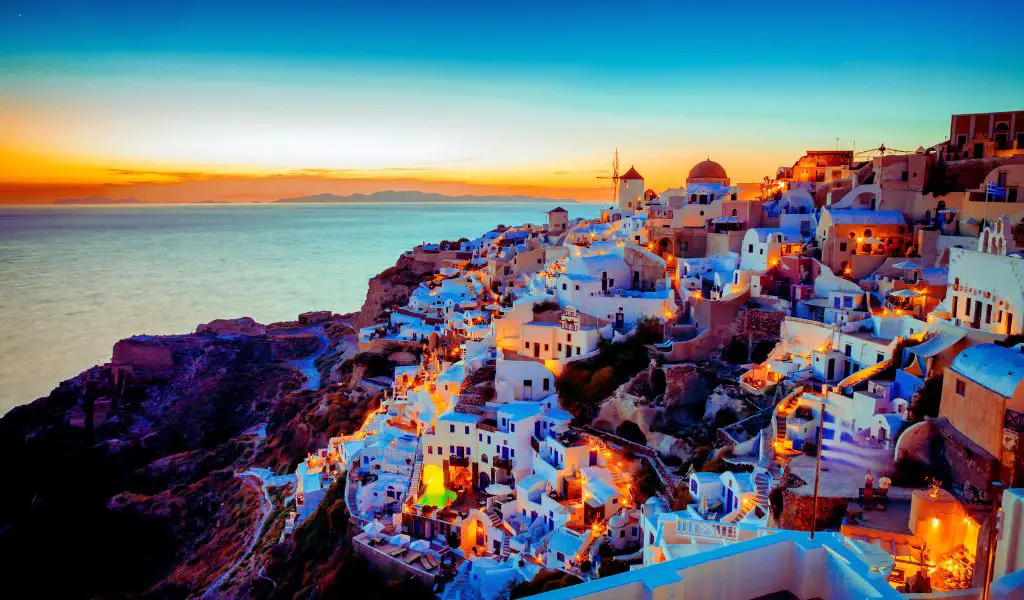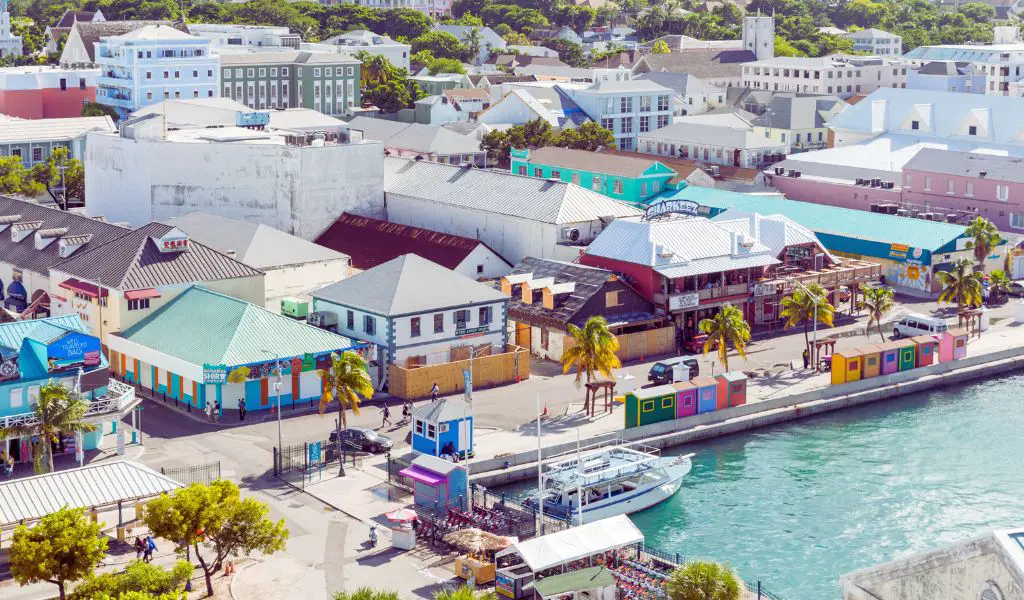Set amidst the azure waters of the Aegean Sea, Santorini, one of the Cyclades islands, beckons travelers with its striking landscapes and intriguing history. The island’s geological past, steeped in volcanic activity, has sculpted an extraordinary terrain. A caldera – a large cauldron-like hollow that forms shortly after the emptying of a magma chamber in a volcanic eruption – occupies a significant portion of Santorini, serving as an impressive testament to the island’s fiery past. Today, the caldera is submerged, forming a natural harbor, with steep cliffs along its rim offering panoramic vistas of the surrounding sea.
History
Santorini’s history extends back to the Bronze Age, when the thriving Minoan civilization established a settlement known as Akrotiri.
Today, Akrotiri is a significant archaeological site where excavations have revealed well-preserved buildings, frescoes, and artifacts that provide glimpses into the ancient civilization’s sophisticated culture and way of life.
The island’s history also includes periods of Roman, Byzantine, Venetian, and Ottoman rule, each leaving their indelible imprint on the architecture and cultural practices seen today.
Attractions
In terms of attractions, the iconic blue-domed churches of Oia and Fira, Santorini’s main towns, have become symbols of the island worldwide.
The narrow, winding streets of these cliff-top towns, interspersed with white Cycladic houses, offer a visual feast for visitors.
Other notable attractions include the ancient Thera, an archaeological site with ruins from Hellenistic, Roman, and Byzantine periods, and the island’s unique volcanic beaches – such as the Red Beach and the Black Beach – each colored by different volcanic minerals.
Activities
The island’s popular activities cater to a range of interests.
History enthusiasts flock to the archaeological sites, art lovers explore the numerous galleries, while food connoisseurs relish the local cuisine, notably the island’s cherry tomatoes and wines, the latter a product of the island’s volcanic soil.
Santorini’s mesmerizing sunsets have become a cherished spectacle for visitors, adding a layer of enchantment to this Aegean jewel.

Population
As of 2023, Santorini has a population of approximately 15,000 residents.
Most live in the island’s four main villages: Fira, Oia, Emporio, and Pyrgos.
When to Go
The best time to visit Santorini is from late April to early November.
The weather during these months is typically warm and pleasant, ideal for outdoor activities and beach visits.
How to Get There
Santorini can be reached by both air and sea. Santorini International Airport receives flights from Athens and several European cities.
Alternatively, ferries operate from Athens’ ports, Piraeus and Rafina, to Santorini.
Highlights
The Sunset from Oia: Known for its breathtaking sunset views, watching the sun go down in Oia is an unmissable experience.
The Archaeological Site of Akrotiri: Known as the “Minoan Pompeii”, Akrotiri provides a fascinating glimpse into the island’s ancient history.
The Volcanic Beaches: Santorini’s unique Red and Black Beaches offer a different kind of beach experience.

What You Should Know
Santorini is hilly and the streets can be steep, so comfortable shoes are a must.
The island can get crowded, especially in peak season, so book accommodations and activities in advance.
While tipping is not compulsory in Greece, it is customary to leave a small amount if you are satisfied with the service.
FAQs
What language is spoken in Santorini?
Greek is the official language of Santorini. However, English is widely spoken in tourist areas, hotels, and restaurants.
What is the local cuisine like?
Santorini is famous for its local dishes. Some must-tries include fava, a yellow split pea puree, tomatokeftedes, fried tomato balls, and white eggplant. The island is also renowned for its unique wines.
What is the currency in Santorini?
The currency used in Santorini, like the rest of Greece, is the Euro (€). Credit cards are accepted in most places, but it’s always handy to have some cash.




